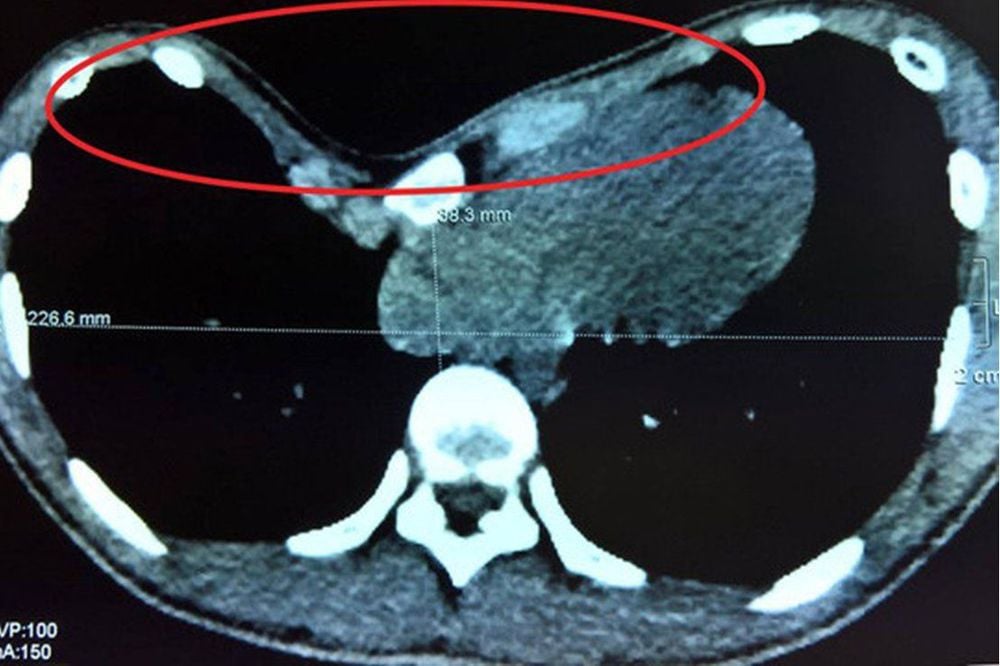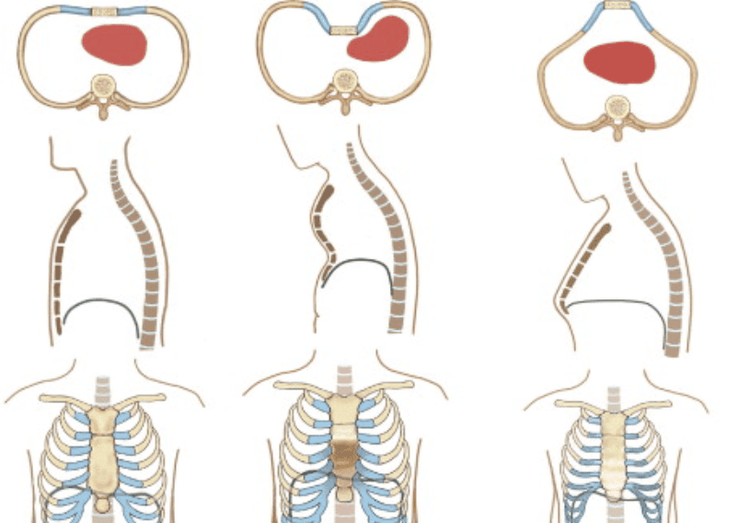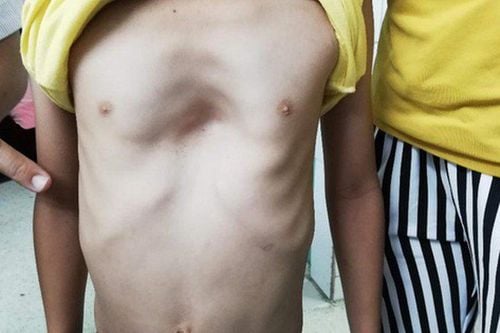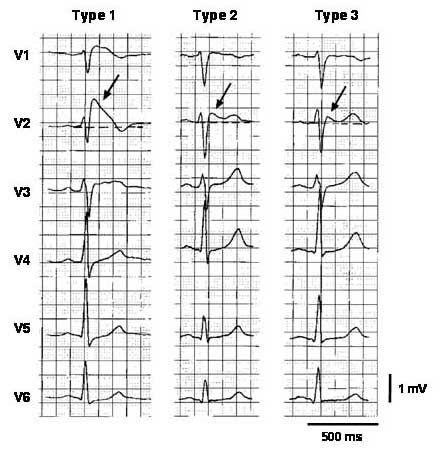This is an automatically translated article.
The article was professionally consulted with Master, Specialist I Tran Tuyen - Pediatrician - Department of Pediatrics - Neonatology, Vinmec Central Park International General Hospital.Congenital hollow chest is one of the most common congenital deformities in the group of thoracic deformities in children. The disease greatly affects the physical development as well as affects the mental and psychological well-being of children. Congenital dimples can be treated through surgery.
1. Clinically recognizing congenital chest concave
In children with congenital thoracic insufficiency, the rib cage is concave anteriorly, visible in the sternum region, or deviated to the left or right thorax. Chest dimples can be seen as soon as the baby is born or later, mainly detected in children 1 year of age and older, when the bones begin to develop. The cause has not been clearly described in the medical literature, however, doctors believe that in congenital thoracic cavity there may be genetic factors. The disease can be diagnosed through observation (observation of the chest shape, location, extent and depth of indentation). In addition, the disease can also be diagnosed through computed tomography of the chest. Your doctor will measure the Haller index (HI): the ratio measured between the diameter of the rib cage and the diameter of the anteroposterior-sternal spine. If HI> 3.25, the doctor will recommend surgery.
2. Causes of congenital chest concave
The cause of congenital chest depression is still not clear. There are some views that it is a genetic disease, but this view is still controversial and has not been confirmed. The disease is usually diagnosed from 1 year old or older and is surgically intervened with the purpose of breast augmentation, re-adjusting the ribcage, using a metal rod for the purpose of bone shaping.Trắc nghiệm: các chỉ số cần chú ý về sự phát triển thể chất của trẻ
Chiều cao, cân nặng của bé ở từng giai đoạn nên là bao nhiêu là bình thường, bao nhiêu là bất thường? Cùng ThS.BS Ma Văn Thấm điểm lại xem bạn đã nắm được các chỉ số phát triển thể chất của bé chưa nhé!The following content is prepared under supervision of Thạc sĩ, Bác sĩ y khoa, Ma Văn Thấm , Nhi , Phòng khám Đa khoa Quốc tế Vinmec Dương Đông(Phú Quốc)
3. Classification of congenital chest depression
Congenital simple thoracic cavity (symmetric form): the bottom part of the sternum is concave. Congenital thoracic asymmetry: unequal bilateral concavity, only one side Congenital thoracic concave semi-convex, semi-concave: the top of the sternum is convex while the lower part of the sternum is concave.
4. Manifestations of chest concave in children
Chest cavity in children can be detected through observation and examination. In addition, the suspected manifestations in congenital thoracic insufficiency may be that the child often has short, heavy breathing and fatigue. Chest cavity causes increased pressure on the heart and lungs, affecting the functions of the heart and lungs. In addition, it also affects children's aesthetics, making them feel self-deprecating and difficult to integrate with friends.5. Treatment of congenital chest concave
Surgery is the most appropriate and most commonly applied treatment method for children with congenital thoracic cavity. The appropriate age for surgery is between 8-12 years old. However, depending on the child's condition, surgery can be performed earlier (when the child is 7 years old) if the concave condition is much, affecting the heart and lung functions. Some other authors choose the time for surgery quite early, which can be done when the child is 3 years old. Most importantly, children should have surgery before puberty. Because after puberty, the child's bones have grown, the risk of receding after surgery is higher.Nuss surgery is the surgery currently being carried out to treat patients with congenital chest depression. This is a minimally invasive surgical method that uses a metal rod to lift the bone in the concave chest. This is the most superior method today, has been conducted for more than 20 years, helping many patients to integrate into normal life after surgery.

6. Complications after surgery
Surgery to treat congenital thoracic cavity may face some of the following complications:Complications during surgery include:
Rotated breast lift Bar Heart tear: eardrum or pericardial tear, possibly bleeding blood. May occur during the insertion of the breast bar. Complications may be encountered after surgery: Pneumothorax, hemothorax, allergic reaction to the support rod, collection of incisional fluid. However, the complication rate is quite low because this is laparoscopic surgery and the surgeons are usually qualified and experienced, with very high proficiency.
7. Care after treatment of congenital chest concave
Children after surgical treatment of congenital thoracic cavity need to be supplemented with reasonable nutrition, a diet full of nutrients, easy to digest, can be divided into many small meals a day. Parents should keep children limited in movement within the first 6 months, should discuss with their teachers to coordinate to help children limit movement and do not practice strenuous exercise for at least 6 months. first month after surgery. After 6 months, your baby can gradually return to a normal mode of movement.The time to remove the metal fixing brackets for children varies by age. For young children (children who have surgery at the age of 3-8 years old, the time to remove the metal rod is 3 years. For adults or older children, when having thoracic surgery, the time to remove the metal bar is about 2 years.
Parents should pay attention to monitor the child's symptoms after surgery to detect chest depression early. If the child has chest depression again, parents should take the child to see a doctor for advice.
Congenital hollow chest is a common disease in the group of thoracic malformations of children, but parents should not be too worried because with the development of modern medicine, this condition can be treated. Through surgery, parents need to pay more attention to their children and visit a doctor when their children have health problems. Parents should also have a full understanding of congenital thoracic disease, treatment and surgery. From there, parents will have good and appropriate care for their children.
Please dial HOTLINE for more information or register for an appointment HERE. Download MyVinmec app to make appointments faster and to manage your bookings easily.
Recommended video:
Fetal screening - A healthy baby is born














